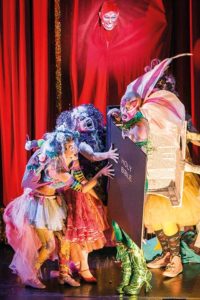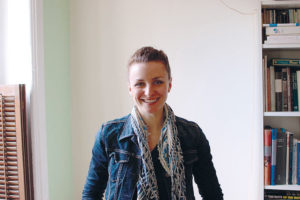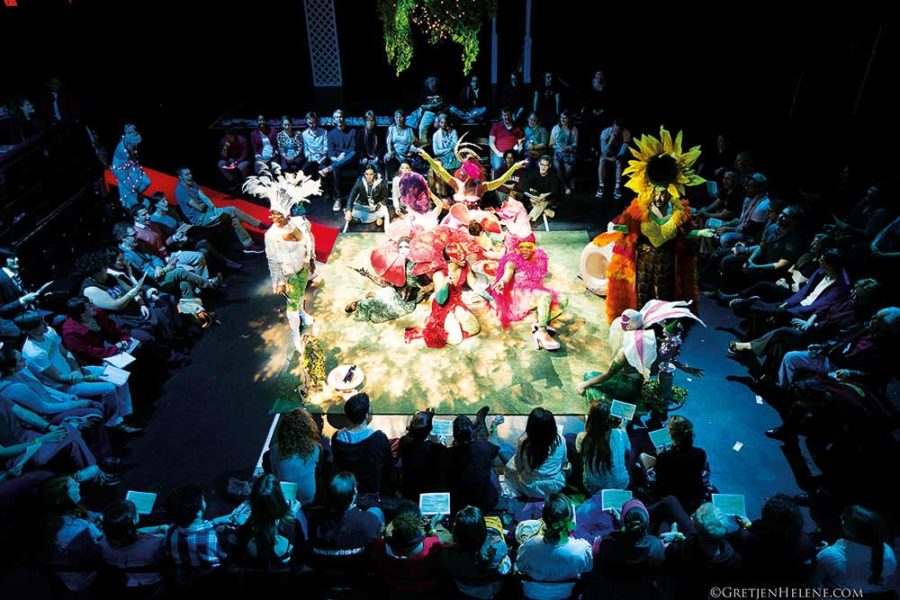Taylor Mac’s The Lily’s Revenge ran Oct. 12–28 at American Repertory Theater in Cambridge, Mass., under Shira Milikowsky’s direction. The production featured music composed by Rachelle Garniez, dramaturgy by Nina Mankin, scenic design by Sara Brown, costume design by Sarah Cubbage, lighting design by Jeff Adelberg, sound design by Clive Goodwin, musical direction by Dan Rodriguez, film design by Colm Dubhrosa, movement direction by Yo-el Cassell and Ara Glenn-Johanson, fight direction by Meron Langsner and stage management by Katie Ailinger.

Taylor Mac, Playwright: The Lily’s Revenge is my attempt to create a new myth that will help dream the culture forward. It was conceived on the day I saw an AIDS documentary in which ACT UP activists threw ashes of their dead loved ones on the White House lawn, and then footage of Ronald Reagan’s funeral, where thousands of people threw flowers on the White House lawn. The disparity between the champions of Reagan’s nostalgic ideology and those who despised it was so powerful it planted a seed—or rather a rhizome.

That grew into a huge, five-part spectacle that combines dance, film, theatre and music, and features an ensemble of more than 30 performers, some of whom depict varieties of flowers in rebellion against the norms of our culture. So far, despite the show’s size, there have been four productions—at ART, the HERE Arts Center in New York City, the Magic Theatre in San Francisco and Southern Rep in New Orleans. ART’s was the first production with one director, Shira Milikowsky, instead of the usual team of directors (I learned that both models work). I want the show to have the aura of a winning parade float—one not sponsored by a bank. I want queer audiences to have the experience of being seen and heard, but also to be challenged by one of the major questions in the play: “What would it be like if you stopped equating love with equality?” For others, I hope they consider the community-building aspects of relativism.

Sarah Cubbage, Costume Designer: Taylor writes scenes that are equally inspiring and terrifying for a designer—his work forces you to rise to the challenge. The photo above is of the garden scene, for which I created nine living, breathing flowers. I researched and drew the shapes of each flower, then decided for myself an essence of each flower’s personality—so Red Rose became an opera diva, Poppy a femme fatale, Pansy a shy burlesque fan dancer. The photo above left depicts the Marys Deities (Victorian-era old crones who are stuck in the play) trying to press Lily (played by Taylor Mac) into a Bible—they want to make him an object of nostalgia, but he escapes. The best parts of the whole process were those transformative moments when I first put corsets and heels on men who had never worn them. It’s something about the power of drag—how when you combine elements of the sexes, you create something greater.


